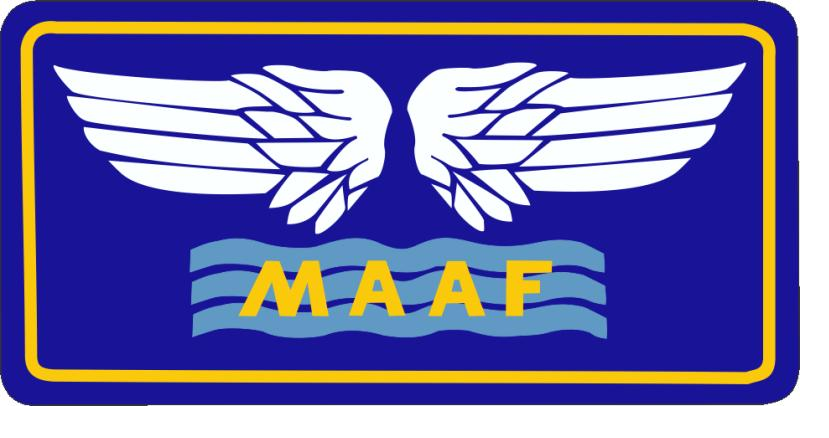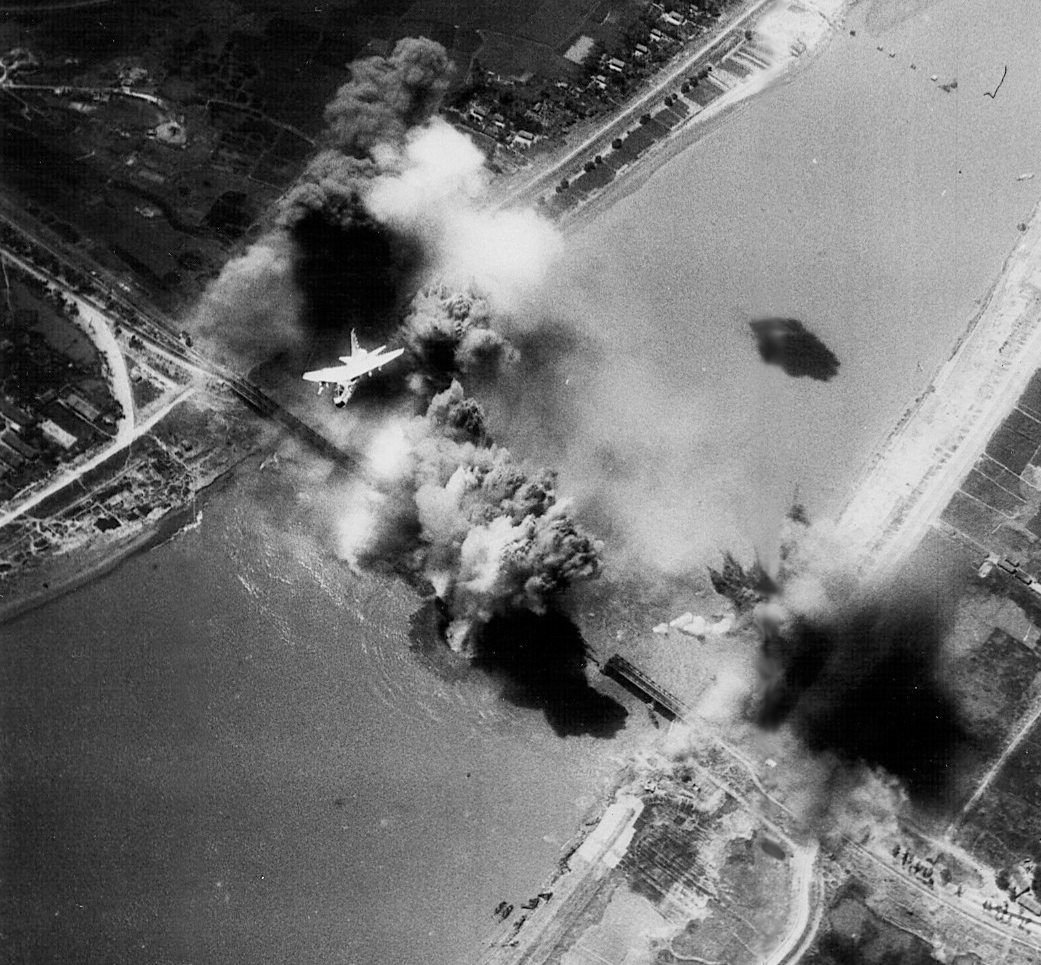|
763d Bombardment Squadron
The 763rd Bombardment Squadron was a former United States Army Air Forces unit, activated during World War II. After training in the United States, it deployed to the Mediterranean Theater of Operations, where it participated in the strategic bombing campaign against Germany, and earned a Distinguished Unit Citation for its actions. Following V-E Day, the squadron moved to Brazil, where it became part of Air Transport Command, returning troops to the United States. It was inactivated on 26 September 1945. History The 763rd Bombardment Squadron was first activated at Alamogordo Army Air Field, New Mexico on 1 July 1943 as one of the four original squadrons of the 460th Bombardment Group.Maurer, ''Combat Squadrons'', pp. 742-743Maurer, ''Combat Units'', p. 335 A cadre of the unit's air echelon went to Orlando Army Air Base, Florida for specialized training with the Army Air Forces School of Applied Tactics. In August, the unit was filled out with ground personnel at Kearns A ... [...More Info...] [...Related Items...] OR: [Wikipedia] [Google] [Baidu] |
460th Bombardment Group
46 may refer to: * 46 (number) * One of the years 46 BC, AD 46, 1946, 2046 * ''46'', a 1983 album by Kino (band), Kino * "Forty Six", a song by Karma to Burn from the album ''Appalachian Incantation'', 2010 * 46 Hestia, a main-belt asteroid * DAF 46, a small family car {{Number disambiguation ... [...More Info...] [...Related Items...] OR: [Wikipedia] [Google] [Baidu] |
Squadron (aviation)
A squadron in an air force, or naval or army aviation service, is a unit comprising a number of military aircraft and their aircrews, usually of the same type, typically with 12 to 24 aircraft, sometimes divided into three or four flights, depending on aircraft type and air force. In most armed forces, two or more squadrons will form a group or a wing. Some military forces (including the United States Air Force, United States Space Force, French Air and Space Force, Royal Air Force, German Air Force, Royal Netherlands Air Force, Belgian Air Component and Republic of Singapore Air Force) also use the term "squadron" for non-flying ground units (e.g. radar squadrons, missile squadrons, air defense squadrons, aircraft maintenance squadrons, security forces squadrons, civil engineering squadrons, range operations squadrons, range management squadrons, weather squadrons, medical squadrons, etc.). Comparative organization Germany In World War I, the Imperial Ge ... [...More Info...] [...Related Items...] OR: [Wikipedia] [Google] [Baidu] |
Lines Of Communications
A line of communication (or communications) is the route that connects an operating military unit with its supply base. Supplies and reinforcements are transported along the line of communication. Therefore, a secure and open line of communication is vital for any military force to continue to operate effectively. Prior to the advent of the use of the telegraph and radio in warfare, lines of communication were also the routes used by dispatch riders on horseback and runners to convey and deliver orders and battle updates to and from unit commanders and headquarters. Thus, a unit whose lines of communication were compromised was vulnerable to becoming isolated and destroyed, as the means for requesting reinforcements and resupply is lost. The standard military abbreviation is LOC. There is also SLOC for Sea Line of Communication, GLOC for Ground Line of Communication, or ALOC for Air Line of Communication. The interdiction of supplies and reinforcements to units closer to the fr ... [...More Info...] [...Related Items...] OR: [Wikipedia] [Google] [Baidu] |
Artillery Batteries
In military organizations, an artillery battery is a unit or multiple systems of artillery, mortar systems, rocket artillery, multiple rocket launchers, surface-to-surface missiles, ballistic missiles, cruise missiles, etc., so grouped to facilitate better battlefield communication and command and control, as well as to provide dispersion for its constituent gunnery crews and their systems. The term is also used in a naval context to describe groups of guns on warships. Land usage Historically the term "battery" referred to a cluster of cannons in action as a group, either in a temporary field position during a battle or at the siege of a fortress or a city. Such batteries could be a mixture of cannon, howitzer, or mortar types. A siege could involve many batteries at different sites around the besieged place. The term also came to be used for a group of cannons in a fixed fortification, for coastal or frontier defence. During the 18th century "battery" began to be used as ... [...More Info...] [...Related Items...] OR: [Wikipedia] [Google] [Baidu] |
Submarine Pen
A submarine pen (''U-Boot-Bunker'' in German) is a type of submarine base that acts as a bunker to protect submarines from air attack. The term is generally applied to submarine bases constructed during World War II, particularly in Germany and its occupied countries, which were also known as U-boat pens (after the phrase "U-boat" to refer to German submarines). Background Among the first forms of protection for submarines were some open-sided shelters with partial wooden foundations that were constructed during World War I. These structures were built at the time when bombs were light enough to be dropped by hand from the cockpit. By the 1940s, the quality of aerial weapons and the means to deliver them had improved markedly. The mid-1930s saw the Naval Construction Office in Berlin give the problem serious thought. Various factions in the navy were convinced protection for the expanding U-boat arm was required. A Royal Air Force (RAF) raid on the capital in 1940, the occupat ... [...More Info...] [...Related Items...] OR: [Wikipedia] [Google] [Baidu] |
Operation Dragoon
Operation Dragoon (initially Operation Anvil), known as Débarquement de Provence in French ("Provence Landing"), was the code name for the landing operation of the Allies of World War II, Allied invasion of Provence (Southern France) on 15August 1944. Although initially designed to be executed in conjunction with Operation Overlord, the June 1944 Normandy landings, Allied landing in Normandy, the lack of enough resources led to the cancellation of the second landing. By July 1944 the landing was reconsidered, as the clogged-up ports in Normandy did not have the capacity adequately to supply the Allied forces. Concurrently, the high command of the French Liberation Army pushed for a revival of the operation, which would involve large numbers of French troops. As a result, the operation was finally approved in July to be executed in August. The invasion sought to secure the vital ports on the French Mediterranean coast and increase pressure on the German forces by opening another ... [...More Info...] [...Related Items...] OR: [Wikipedia] [Google] [Baidu] |
Close Air Support
Close air support (CAS) is defined as aerial warfare actions—often air-to-ground actions such as strafes or airstrikes—by military aircraft against hostile targets in close proximity to friendly forces. A form of fire support, CAS requires detailed integration of each air mission with fire and movement of all forces involved. CAS may be conducted using aerial bombs, glide bombs, missiles, rockets, autocannons, machine guns, and even directed-energy weapons such as lasers.''Close Air Support''. United States Department of Defense, 2014. The requirement for detailed integration because of proximity, fires or movement is the determining factor. CAS may need to be conducted during shaping operations with special forces if the mission requires detailed integration with the fire and movement of those forces. A closely related subset of air interdiction, battlefield air interdiction, denotes interdiction against units with near-term effects on friendly units, but which does not ... [...More Info...] [...Related Items...] OR: [Wikipedia] [Google] [Baidu] |
Air Interdiction
Air interdiction (AI), also known as deep air support (DAS), is the use of preventive tactical bombing and strafing by combat aircraft against enemy targets that are not an immediate threat, to delay, disrupt or hinder later enemy engagement of friendly forces. It is a core capability of virtually all military air forces, and has been conducted in conflicts since World War I. Aircraft that are used for this purpose are known as interdictors. A distinction is often made between tactical and strategic air interdiction, depending on the objectives of the operation. Typical objectives in tactical interdiction are meant to affect events rapidly and locally, for example through direct destruction of forces or supplies en route to the active battle area. By contrast, strategic objectives are often broader and more long-term, with fewer direct attacks on enemy fighting capabilities, instead focusing on infrastructure, logistics and other supportive assets. The term deep air support ... [...More Info...] [...Related Items...] OR: [Wikipedia] [Google] [Baidu] |
Flak
Anti-aircraft warfare (AAW) is the counter to aerial warfare and includes "all measures designed to nullify or reduce the effectiveness of hostile air action".AAP-6 It encompasses surface-based, subsurface ( submarine-launched), and air-based weapon systems, in addition to associated sensor systems, command and control arrangements, and passive measures (e.g. barrage balloons). It may be used to protect naval, ground, and air forces in any location. However, for most countries, the main effort has tended to be homeland defense. Missile defense is an extension of air defence, as are initiatives to adapt air defence to the task of intercepting any projectile in flight. Most modern anti-aircraft (AA) weapons systems are optimized for short-, medium-, or long-range air defence, although some systems may incorporate multiple weapons (such as both autocannons and surface-to-air missiles). 'Layered air defence' usually refers to multiple 'tiers' of air defence systems which, when ... [...More Info...] [...Related Items...] OR: [Wikipedia] [Google] [Baidu] |
Refineries
A refinery is a production facility composed of a group of chemical engineering unit processes and unit operations refining certain materials or converting raw material into products of value. Types of refineries Different types of refineries are as follows: * oil refinery, Petroleum oil refinery, which converts crude oil into Octane rating, high-octane motor spirit (gasoline/petrol), diesel oil, liquefied petroleum gases (LPG), kerosene, heating fuel oils, hexane, lubricating oils, bitumen, and petroleum coke * Cooking oil#Refinement, Edible oil refinery which converts cooking oil into a product that is uniform in taste, smell and appearance, and stability *Natural gas processing plant, which purifies and converts raw natural gas into residential, commercial and industrial fuel gas, and also recovers natural gas liquids (NGL) such as ethane, propane, butanes and pentanes * Sugar refinery, which converts sugar cane and sugar beets into crystallized sugar and sugar syrups * Salt ... [...More Info...] [...Related Items...] OR: [Wikipedia] [Google] [Baidu] |





